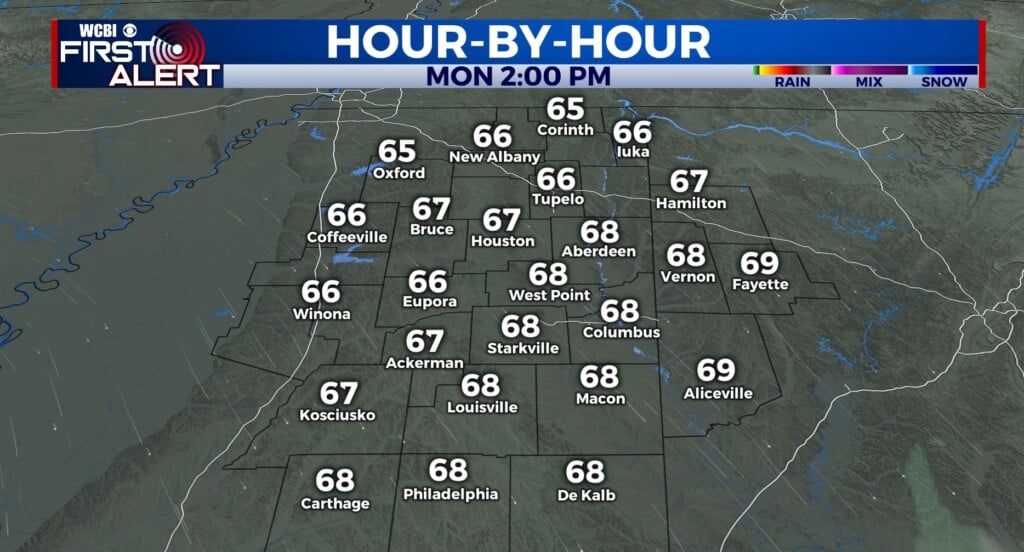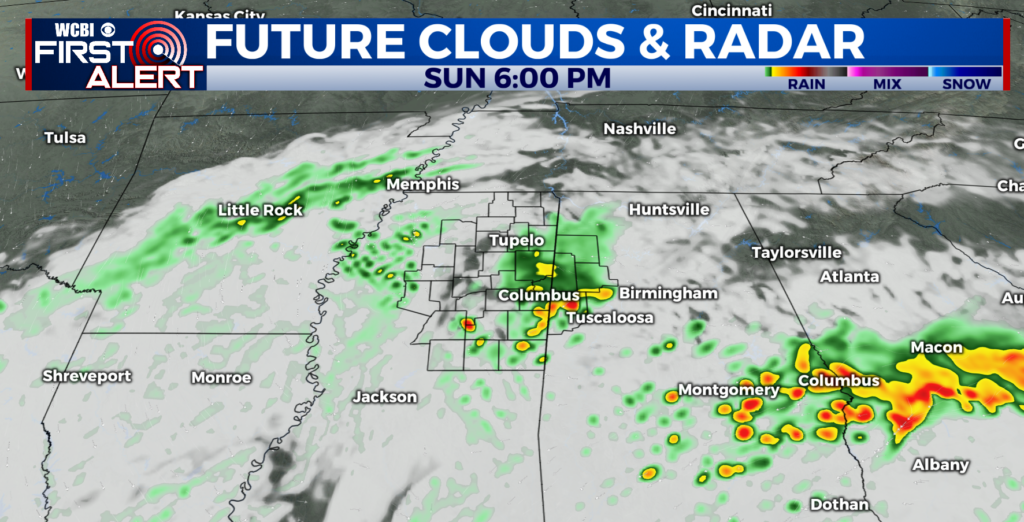Some U.S. homeowners could face ballooning mortgage payments
Fred Loera is scared. The Washington state resident is struggling to pay his mortgage after losing his job as a physician’s assistant earlier this month and is now on the hook for $6,600 in house payments. And that’s after getting what is supposed to be a helping hand from the U.S. government.
Loera’s loan servicer, New Residential Investment, is giving him a pass on his mortgage for three months under the $2.2 trillion Coronavirus Aid, Relief and Economic Security, or CARES, Act. Yet the real estate investment firm told him he will owe the full amount once the forbearance period ends, he said.
“I’m feeling kind of panicked,” said Loera, 48. “This isn’t what I had in mind when I was looking for a little bit of assistance.”
The American Enterprise Institute estimates that 4 million home loans around the U.S. are already in “forbearance,” as the industry jargon calls the step preceding foreclosure. As more people fall behind, consumer protection groups say they are getting complaints from other homeowners who, like Loera, have obtained a measure of federal mortgage relief but also worry about owing a sizable lump sum in back payments.
Federal guidelines give homeowners other options after forbearance ends, but consumer advocates express concern that mortgage servicers are steering homeowners toward making a lump-sum payment they can’t afford.
“They’re not hearing the full range of their post-forbearance options,” said Christina Tetreault, financial policy manager for Consumer Reports, which is pressing the nation’s largest mortgage lenders to work with homeowners more actively. “What they’re hearing is, ‘We will contact you before your forbearance ends,’ and it’s not entirely clear why that’s happening.”
A provision under the CARES Act allows homeowners to ask for reduced or suspended mortgage payments for up to 12 months without late fees or penalties if their mortgages are backed by Fannie Mae and Freddie Mac. After the initial period of forbearance ends, a homeowner can apply for an extension, have their mortgage reinstated or work out a long-term payment plan to pay the past balance, according to Fannie Mae guidelines.
Loera said he wasn’t made aware of those options. Instead, he said he was told by a New Residential customer service representative that he needed to come up with three months’ worth of payments on his 30-year mortgage by the end of July. Any missed payments would be reported to credit bureaus.
“If I applied because I didn’t have the money this month, what makes them think I’m going to have three months of money in three months?” Loera asked. “And I’m someone who has been financially responsible and worked hard in the medical field for 21 years.”
New Residential did not respond to a request for comment.
The Consumer Financial Protection Bureau, a federal agency tasked with protecting Americans from financial abuse, has received hundreds of anonymous complaints from homeowners who say they are facing pressure from lenders and loan servicers to make back payments on their loans in a lump sum.
“What they are doing now doesn’t necessarily help consumers because now I’m worried if I can’t make up $6,000 worth of missed payments I will be foreclosed on,” one Oklahoma homeowner told the bureau.
New York Attorney General Letitia James asked mortgage servicers in a letter to “provide a complete and accurate description of all post-forbearance options for reinstatement when informing customers that they have been automatically placed into a forbearance plan due to missed payments.”
“We want to work with mortgage servicers to ensure that all homeowners are treated fairly regardless of who owns or services their loan, and that homeowners seamlessly transition back to making affordable monthly payments when COVID19-related forbearance plans end,” the April letter stated.
Andre Barnett, 43, of Hyde Park, New York, got a six-month reprieve on his mortgage from Flagstar Bank after recently losing income when his small business began to suffer from the economic impact of the coronavirus. Barnett said he phoned his lender to learn more about the possibility of mortgage relief, only to be transferred to the collections department.
“Collections told me that your option is a one-lump sum, balloon payment, at the end,” Barnett said. “They said ‘If you can’t pay it back, then we will look at what other options we have available’.”
Further deferment of his mortgage payment under the CARES Act would be last resort, Barnett said he was told.
A Flagstar Bank executive said the bank presents a range of options to homeowners seeking mortgage relief, including lump-sump payments and paying past due amounts in installments.
“The messaging we tell them is forbearance is step one in a two-step plan,” said Courtney Thompson, senior vice president of default mortgage at Flagstar who helped draft the bank script that customer service representatives read to homeowners. “Step one is a time out right now for peace of mind, and step two is we have to relieve the delinquency.”
Thompson also said the company will reach out to any customer who believes he or she wasn’t fully informed about their payment options.





Leave a Reply